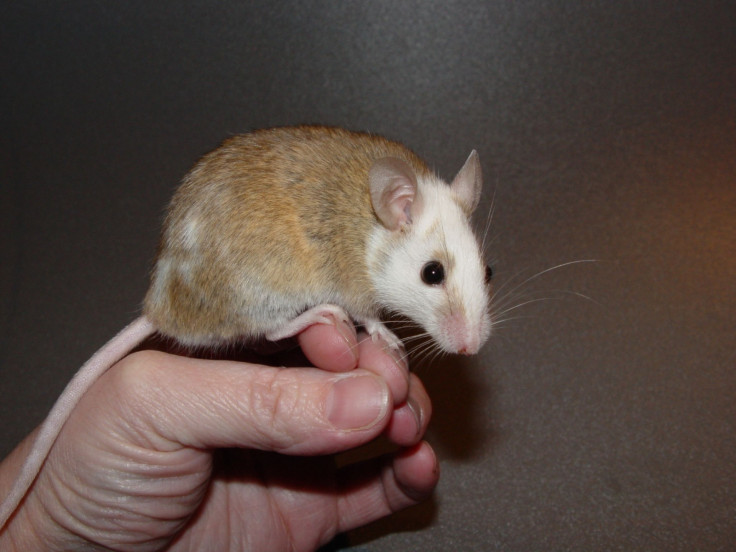Tanzania agriculture expansion 'creates perfect storm for human plague transmission'

Agricultural expansion in Tanzania is set to lead to a "perfect storm" for human plague transmission, scientists have warned.
The cultivation of maize in East Africa has the potential to vastly increase the risk of plague to humans as a result of a surge in plague-carrying rodents.
In their study, published in the American Journal of Tropical Medicine and Hygiene, researchers from the University of California, Santa Barbara, found that croplands expanding by 70% over recent decades has led to the number of plague-carrying rodents to double.
Findings also showed that the expansion of maize fields has resulted in a 20 fold increase in the population of the African rat – a major carrier of the plague and other diseases including Lassa fever.
Hillary Young, lead author of the study, said: "We found that introducing maize production in natural areas appears to create a perfect storm for plague transmission.
"The presence of the crop as a food source caused a surge in the population of a rat species known to carry plague. Local farmers often then store this harvested corn next to or inside their homes - baiting in the hungry field rats and increasing opportunities for human infection.
"These kinds of conditions are what breed outbreaks."

The plague was known as the 'Black Death' in the 14th century, when it was believed to have killed up to 50 million people worldwide.
Most of the plague outbreaks recorded since 2000 have taken place in Africa. A recent outbreak in Madagascar saw 263 people infected and 71 deaths. In Tanzania, there have been over 8,000 cases over the 30 years since 1980, including 675 deaths.
Scientists studied three areas of northern Tanzania where plague outbreaks have been documented in the past and where maize production has expanded over recent times.
The authors say that although there has not been an increase in cases of the plague yet, all the conditions for an outbreak are there: "People in these communities tend to store their maize in their houses, to protect it, but that also has the effect of attracting these rats," Young said.
"The rats that persist in human areas are also particularly competent hosts for plague, as well as likely to interact with humans. Together, these changes increase the opportunities for humans to be bitten by plague-infected fleas."
Concluding, the authors note: "Lessons learned from this case are also broadly important for understanding the dynamics of other zoonotic diseases in this era of rapid landscape change."
© Copyright IBTimes 2025. All rights reserved.






















